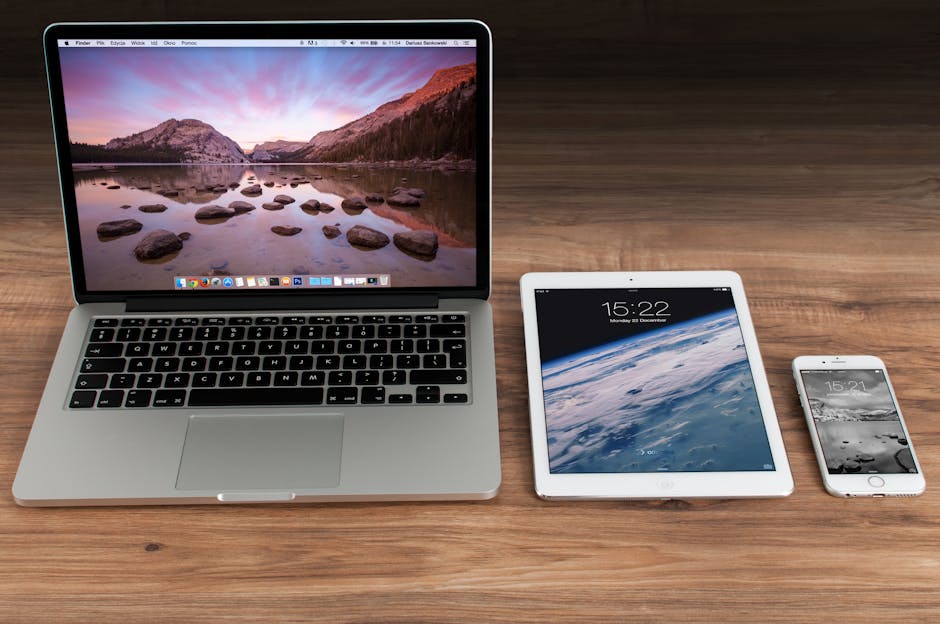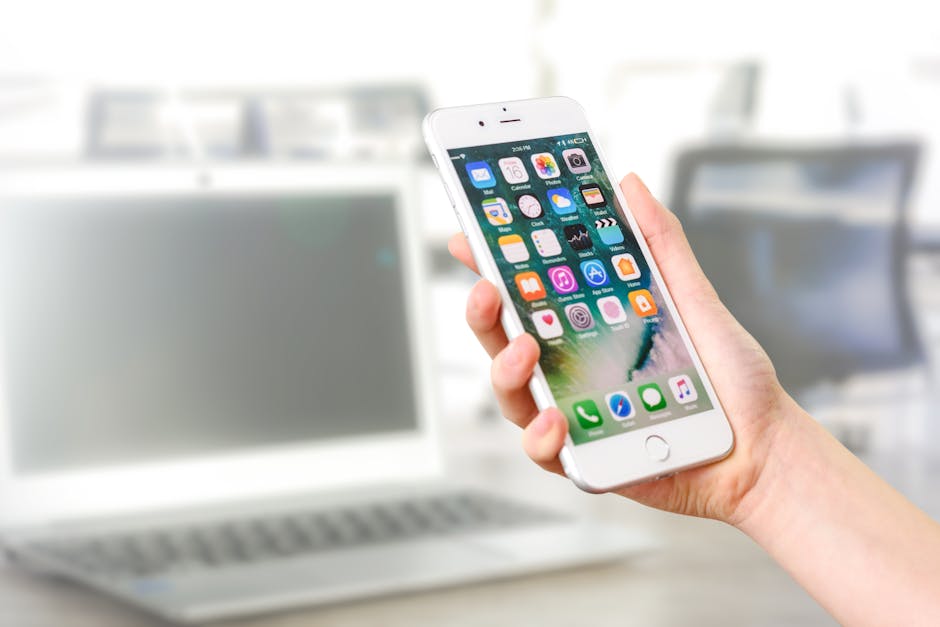Is your iPhone frozen, unresponsive, or acting strangely? A force restart, also known as a hard reset, is a quick and effective way to resolve many common iPhone issues without losing any data. This powerful troubleshooting technique is different from a regular restart and can often bring your iPhone back to life when all else fails. Learn how to force restart your iPhone, regardless of the model you own, with this easy-to-follow guide.
Why Force Restart Your iPhone?
Sometimes your iPhone might get stuck due to a software glitch, a crashed app, or simply being overloaded with tasks. A force restart interrupts the current operation and reboots the device, clearing its temporary memory and allowing it to start fresh. This can resolve various problems, including:
Frozen screen Unresponsive apps Sluggish performance Inability to make or receive calls Wi-Fi connectivity issues
Unlike a factory reset, a force restart doesn’t erase your data or settings. It’s a safe and reliable way to troubleshoot common iPhone problems.
Force Restarting Different iPhone Models: A Step-by-Step Guide
The method for force restarting an iPhone varies depending on the model. Follow the specific instructions for your device to ensure a successful restart.
Force Restarting iPhone 8, iPhone SE (2nd & 3rd generation), iPhone X, iPhone XS, iPhone XR, iPhone 11, iPhone 12, iPhone 13, iPhone 14, and iPhone 15 Series
These iPhone models share the same force restart procedure:
- Quickly press and release the Volume Up button. Do this rapidly.
- Quickly press and release the Volume Down button. Again, do this quickly.
- Press and hold the Side button (power button) until the Apple logo appears. Don’t release the button even if the screen turns black. Keep holding until you see the Apple logo.
Once the Apple logo appears, release the Side button. Your iPhone will restart.
Force Restarting iPhone 7 and iPhone 7 Plus
The force restart process for the iPhone 7 and 7 Plus is slightly different:
- Press and hold both the Side button (power button) and the Volume Down button simultaneously.
- Continue holding both buttons until the Apple logo appears. It may take a few seconds.
Release both buttons when you see the Apple logo. Your iPhone will restart.
Force Restarting iPhone 6s, iPhone 6s Plus, and iPhone SE (1st generation)
For these older iPhone models, follow these steps:
- Press and hold both the Home button and the Side button (power button) simultaneously.
- Continue holding both buttons until the Apple logo appears. Keep holding, even if the screen goes black.
Release both buttons when you see the Apple logo. Your iPhone will restart.
Troubleshooting Force Restart Issues
Sometimes, the force restart process might not work as expected. Here are some common issues and how to troubleshoot them:
iPhone not responding: Ensure you’re pressing the correct buttons for your iPhone model and holding them long enough. If the iPhone is completely unresponsive, try charging it for at least 15-20 minutes before attempting a force restart. Buttons not working: If one or more buttons are physically damaged or not functioning properly, you may need to seek professional repair. iPhone stuck on Apple logo: If your iPhone gets stuck on the Apple logo after a force restart, try connecting it to a computer and updating or restoring it using iTunes or Finder. This may require entering recovery mode. Software issues: If force restarting consistently fails to resolve the underlying issue, it could indicate a more serious software problem. Consider updating to the latest iOS version or restoring your iPhone to factory settings (remember to back up your data first!).
When to Consider Other Solutions
While a force restart is a valuable troubleshooting tool, it’s not a cure-all. If you’re experiencing persistent issues with your iPhone, consider these alternative solutions:
Update iOS: Ensure your iPhone is running the latest version of iOS. Software updates often include bug fixes and performance improvements. Close background apps: Too many apps running in the background can drain battery life and slow down your iPhone. Close unnecessary apps by swiping up from the bottom of the screen (or double-pressing the Home button on older models) and swiping the app cards upwards. Free up storage space: A full storage can significantly impact performance. Delete unwanted apps, photos, and videos to free up space. Reset settings: Resetting your iPhone’s settings can resolve configuration-related issues. Go to Settings > General > Transfer or Reset iPhone > Reset. You can choose to reset all settings, network settings, or keyboard dictionary. Restore from backup: If the problem persists, you can restore your iPhone from a recent backup. This will revert your iPhone to a previous state, potentially resolving software conflicts. Factory reset: As a last resort, you can perform a factory reset, which will erase all data and settings from your iPhone. Make sure to back up your data before proceeding. Go to Settings > General > Transfer or Reset iPhone > Erase All Content and Settings. Contact Apple Support: If none of the above solutions work, it’s best to contact Apple Support for further assistance. They can diagnose hardware or software issues and provide appropriate solutions.
Preventing Future Issues
While you can’t entirely prevent your iPhone from encountering occasional glitches, you can take steps to minimize the likelihood of problems:
Keep your iPhone updated: Install iOS updates as soon as they become available. Manage storage space: Regularly delete unnecessary files and apps to keep your storage space free. Avoid downloading apps from untrusted sources: Stick to the App Store to minimize the risk of malware or poorly coded apps. Restart your iPhone regularly: A regular restart can help clear temporary files and improve performance.
- Monitor battery health: Check your battery health in Settings > Battery > Battery Health & Charging. If your battery health is significantly degraded, consider replacing it.
Conclusion: Mastering the Force Restart
Knowing how to force restart your iPhone is an essential skill for any iPhone user. This simple yet powerful technique can quickly resolve many common issues and get your device back on track. Remember to follow the specific instructions for your iPhone model, and don’t hesitate to explore other troubleshooting options if the problem persists. Share this guide with your friends and family to help them master the art of the force restart and keep their iPhones running smoothly. If you are still experiencing issues after trying these tips, consider contacting Apple support or visiting an authorized service provider for professional assistance.






